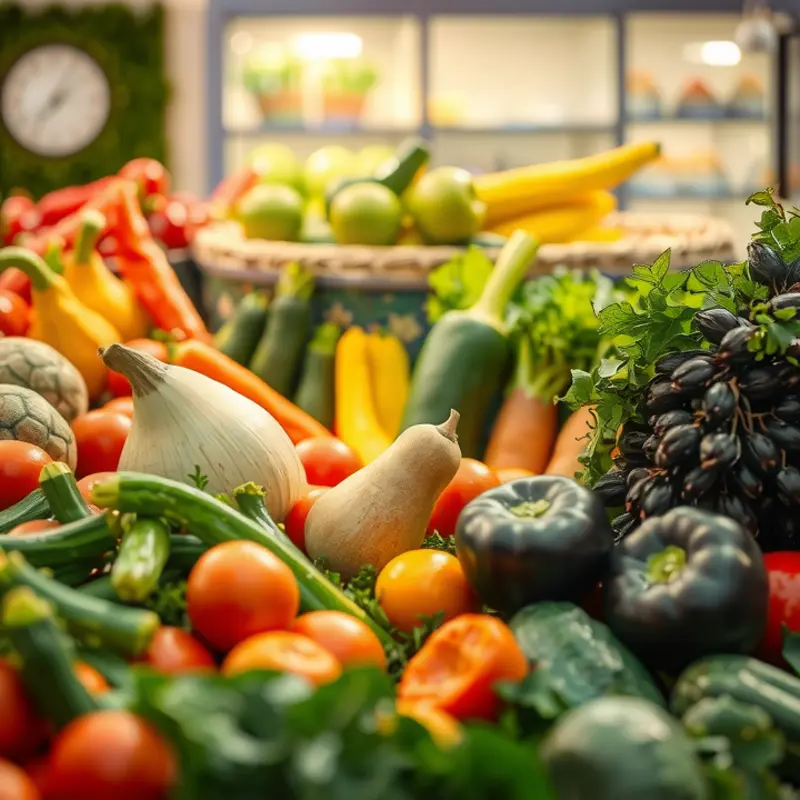Washing chicken is a topic that stirs debate among home cooks and food safety enthusiasts alike. Many believe it eliminates bacteria and ensures a cleaner meal, while others warn that it may spread harmful pathogens instead. Understanding the science behind chicken washing is vital for cooking safe and nutritious meals. Let’s delve into the key facts and clarify whether washing chicken is a necessary practice in the kitchen.
Why People Wash Chicken

Many individuals wash chicken before cooking due to concerns about cleanliness and safety. The belief that washing can remove bacteria, dirt, or slime is pervasive among home cooks. Yet, these motivations often stem from misconceptions.
Chicken can feel slimy, primarily because of packaging fluids or natural juices that accumulate around the meat. This slime is typically innocuous but can create an unappealing texture, prompting cooks to wash it away. However, washing chicken doesn’t effectively eliminate bacteria. Instead, it risks spreading harmful bacteria like Salmonella and Campylobacter around the kitchen.
The misconception that washing chicken increases hygiene likely arises from traditional practices or visual cues. In many cultures, washing food items is a routine part of preparation. It gives a sense of removing visible contaminants, thus implying safety. Additionally, the tactile sensation of running water over chicken is mistakenly reassuring, falsely promising purity.
Compounded by the shared wisdom of generations, these habits persist, especially where kitchen hygiene emphasizes washing as a safeguard. Modern understanding of microbial life, however, shows that splashing water often spreads bacteria more widely. According to food safety experts, the heat from cooking is the only sure method to kill bacteria effectively.
It’s essential to understand that cleanliness in the kitchen goes beyond simply washing items. The focus should be on preventing cross-contamination more than visually cleaning the meat. Reducing the potential spread of pathogens includes maintaining separate cutting boards for meat and vegetables, thoroughly sanitizing surfaces, and ensuring the chicken is cooked to an internal temperature of 165°F (75°C).
For those interested in sustainable kitchen practices and food safety, examining similar myths and their impacts is crucial. Practical alternatives to traditional methods can lead to both eco-conscious and safe cooking experiences. For more information on safer kitchen storage methods, visit eco-smart kitchen storage.
Ultimately, while washing chicken may seem beneficial, it’s a habit based more on perception than reality. Educating oneself about safe cooking practices is vital in cultivating healthier habits and ensuring meals free from foodborne illness.
The Science Behind Chicken Preparation

Handling chicken safely is crucial to prevent foodborne illness. One common misconception is that washing chicken prior to cooking reduces bacteria. Contrary to this belief, food safety experts emphasize that washing can cause more harm than good. Splashes of water can spread harmful bacteria, such as Salmonella and Campylobacter, up to three feet from the sink. These bacteria pose significant health risks but are effectively neutralized by thorough cooking.
The thermal death points of these pathogens are central to mitigating risk. Salmonella and Campylobacter are destroyed at temperatures above 165°F (74°C). Therefore, rather than washing, ensuring your chicken reaches this temperature is fundamental. Always use a reliable meat thermometer to check that the innermost parts of the chicken achieve this safe zone.
Adopting effective kitchen hygiene practices goes hand in hand with proper cooking techniques. Begin by designating a specific cutting board for raw meats. This practice limits the cross-contamination potential. After handling raw chicken, wash your hands with soap and water for at least 20 seconds. Clean any touched surfaces promptly with disinfectant wipes or a bleach solution to eliminate any lingering bacteria.
For those preparing meals in less-than-ideal kitchen setups, minimizing bacterial spread requires extra vigilance. If possible, keep raw meat preparation separate from other cooking activities. In smaller spaces, strategically plan the cooking process to handle chicken when other ingredients are not exposed.
Preservation plays a role in chicken safety too. Refer to our practical ingredient batching guide to learn how to organize your cooking to handle raw ingredients efficiently and safely. Proper storage and handling minimize bacterial growth before cooking by ensuring chicken remains adequately refrigerated until ready for use.
In aligning with eco-friendly practices, consider ways to maintain clean surfaces that minimize waste. Reusable cleaning cloths that are regularly sanitized can reduce reliance on single-use products. This approach protects the environment while maintaining high hygiene standards in the kitchen.
In conclusion, washing chicken is unnecessary and potentially hazardous. The emphasis should be on cooking chicken to the right internal temperature and keeping kitchen hygiene top-notch. These measures together ensure your meals are safe and healthy, debunking the myth of the wash and enlightening safe preparation practices.
Final words
In summary, washing chicken is not a necessary practice for safe eating. It can introduce risks of cross-contamination, with bacteria spreading throughout your kitchen. Instead, the safest approach is to cook chicken thoroughly to the right temperature, which will kill any harmful bacteria present. Practicing proper kitchen hygiene and food safety measures is essential for a healthy cooking environment. So, the next time you’re prepping chicken, remember that washing is not the best way to protect yourself and your family.








